TOKYO, Feb 18, (V7N) – The head of the UN nuclear watchdog, Rafael Grossi, has arrived in Japan for a visit that will include his first inspection of storage facilities containing soil contaminated during the 2011 Fukushima nuclear disaster.
This marks Grossi’s fifth official visit to Japan as the International Atomic Energy Agency (IAEA) continues to oversee the decades-long process of decommissioning the Fukushima Daiichi nuclear plant. The facility suffered a catastrophic meltdown following a tsunami, making it the worst nuclear disaster since Chernobyl.
On Wednesday, Grossi is set to tour the Fukushima plant, where workers recently began dismantling wastewater storage tanks to create space for nuclear debris. He will also inspect the massive storage sites holding contaminated soil, which the Japanese government is currently evaluating for recycling and disposal.
Following the disaster, authorities removed approximately 13 million cubic meters of soil and 300,000 cubic meters of incinerated organic material as part of decontamination efforts. These materials are currently stored in interim facilities spanning 16 square kilometers (six square miles).
Japan plans to recycle about 75% of the removed soil, provided its radioactivity levels are low enough to be deemed safe. The repurposed soil could be used in infrastructure projects such as embankments for roads and railways. The remaining portion will be disposed of outside Fukushima by 2045, with the government expected to finalize a disposal site this year.
The IAEA has endorsed Japan’s approach, stating in a September 2024 report that the country’s recycling and disposal strategy aligns with international safety standards.
The Fukushima clean-up remains one of the most challenging nuclear decommissioning efforts globally. Efforts to remove approximately 880 tonnes of radioactive fuel and debris from three damaged reactors have only recently begun, with a robotic claw extracting a small sample as a first step.
During Grossi’s visit, IAEA experts and officials from neighboring countries, including China and South Korea, will collect seawater and fish samples to ensure transparency in the process of discharging treated wastewater into the ocean.
In August 2023, plant operator TEPCO started releasing 1.3 million tonnes of filtered water—comprising collected groundwater, seawater, rainwater, and reactor cooling water—into the sea. The IAEA has approved this release, confirming that all radioactive elements except tritium have been filtered out, with tritium levels within safe limits.
Despite this assurance, China and Russia have opposed the water release, imposing bans on Japanese seafood imports due to safety concerns. Although China announced in September 2024 that it would "gradually resume" seafood imports from Japan, trade has yet to restart.
END/WD/RH/



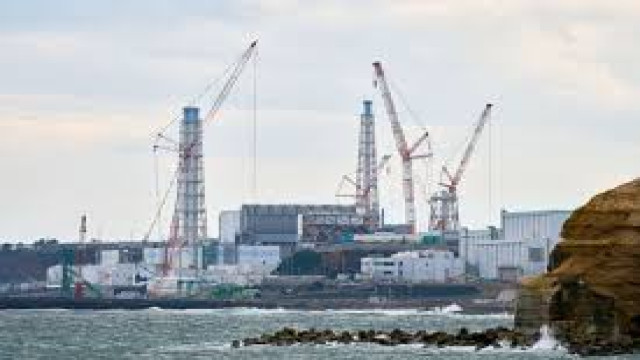
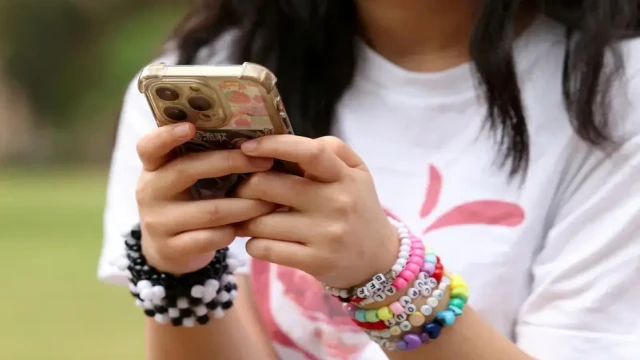

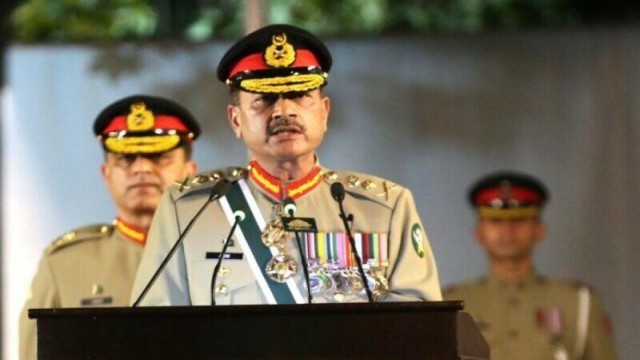

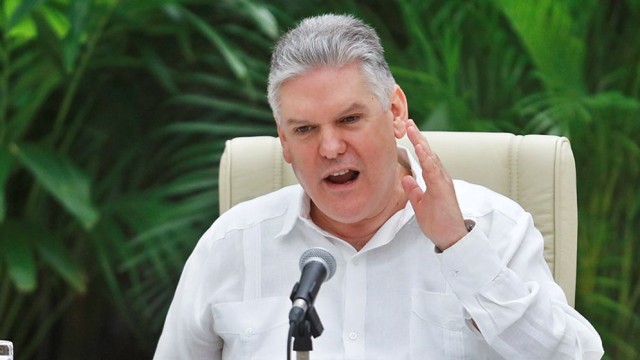

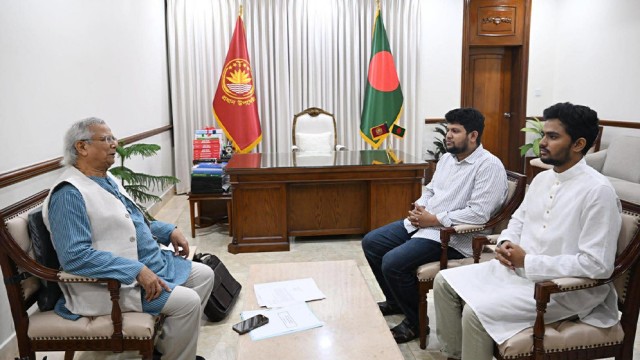
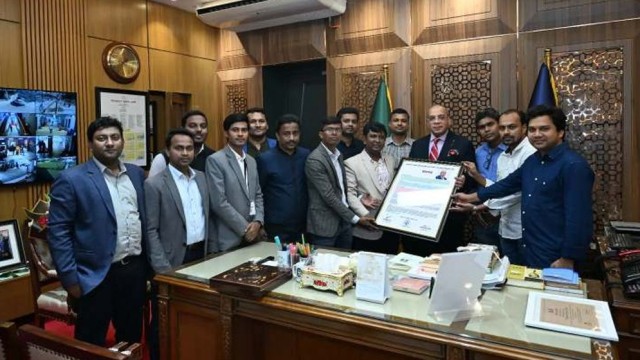
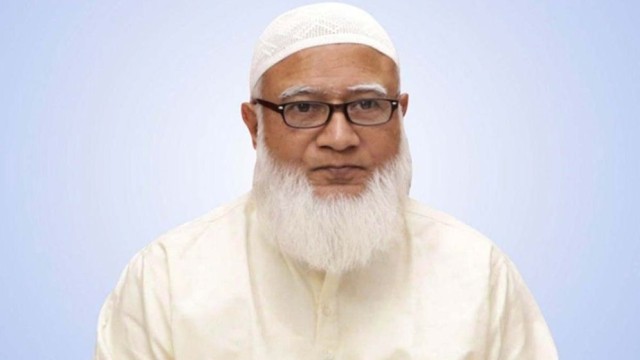
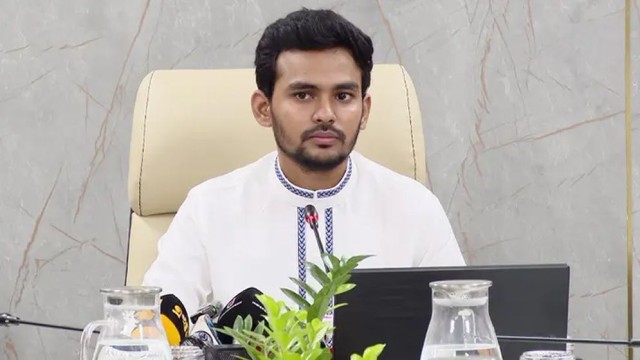
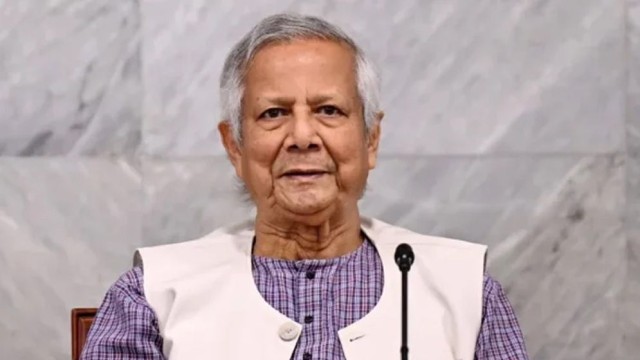
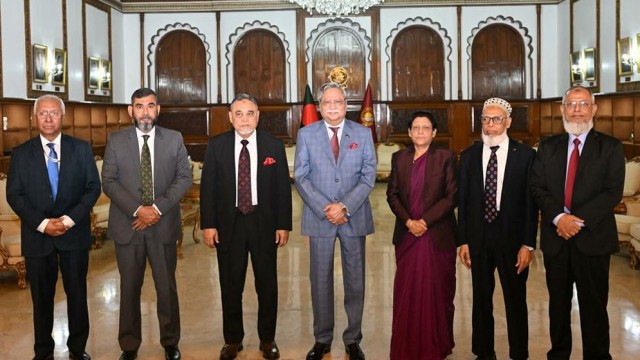
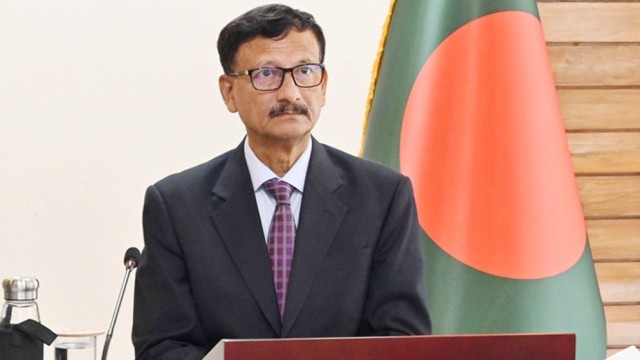
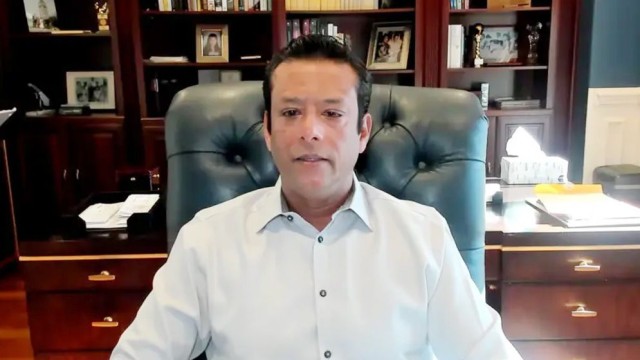
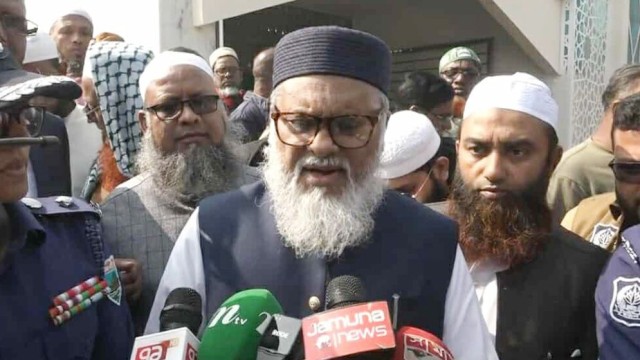
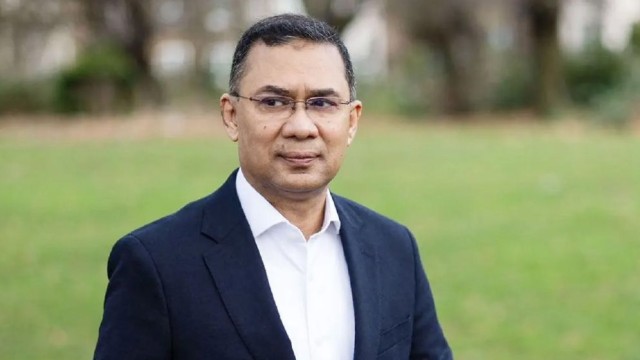

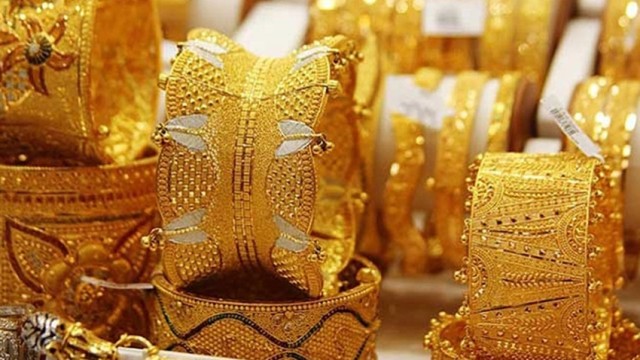
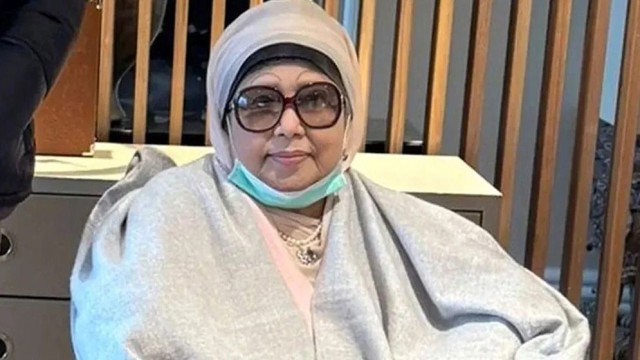
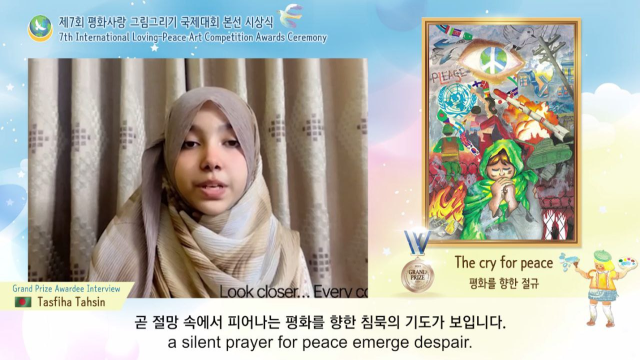

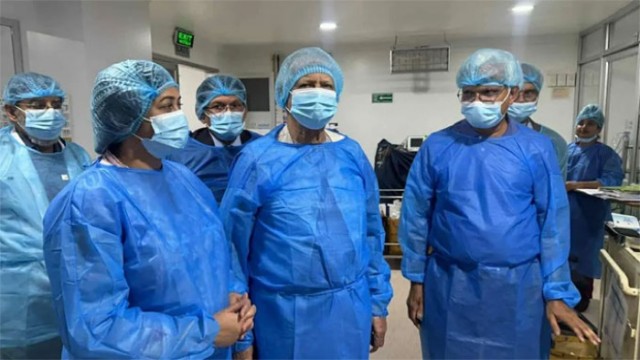
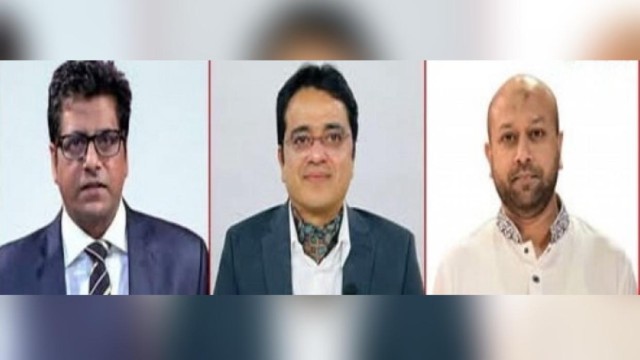
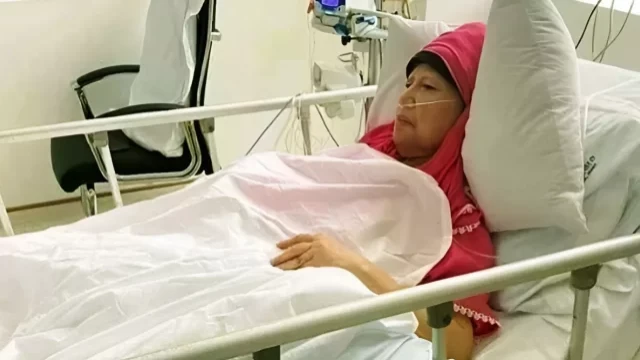
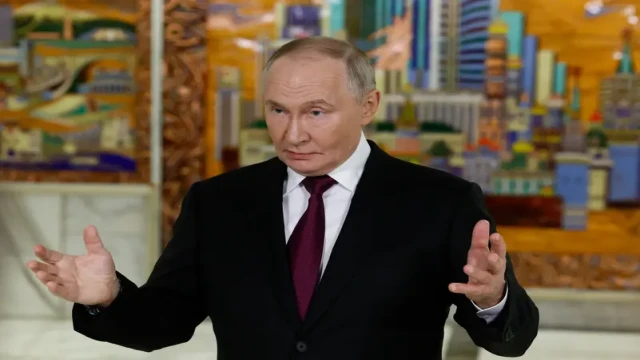
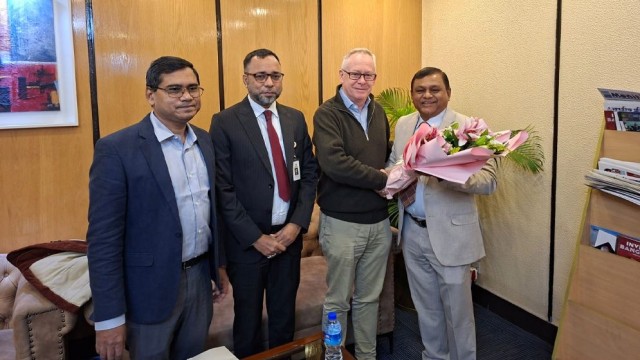
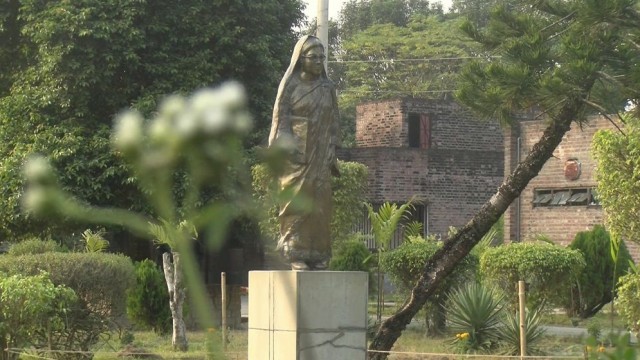
Comment: